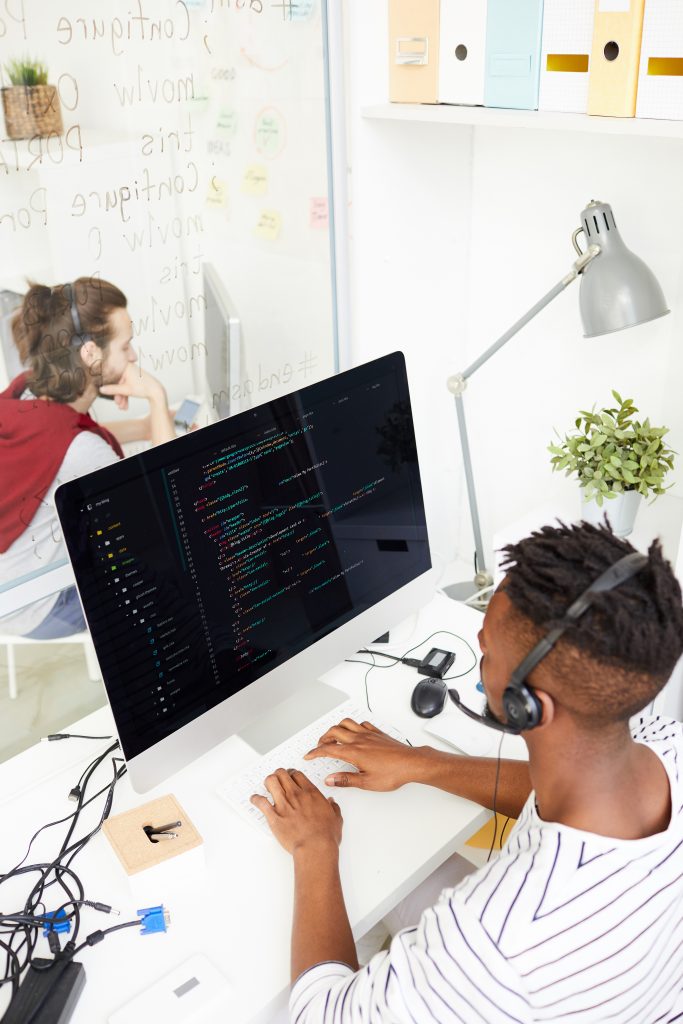
Written by Dr. Hannes Nel
Isn’t life strange?
There are so many ways in which we can learn.
And the interrelatedness of events, phenomena and behaviour can be researched in so many ways.
And we can discover truths and learn lesson by linking data, paradigms, research methods, dada collection and analysis methods.
And by changing the combination of research concepts, we can discover new lessons, knowledge and truths.
Research often deals with the analysis of data to discriminate between right and wrong, true and false.
Furthermore, people and life form a system with a multitude of links and correlations.
Consequently, we can learn by conducting research on even just an individual.
I discuss the following two data analysis methods in this article:
- Analytical induction.
- Biographical analysis.
Analytical induction
Induction, in contrast to deduction, involves inferring general conclusions from particular instances. It is a way of gaining understanding of concepts and procedures by identifying and testing causal links between them. Analytical induction is, therefore, a procedure for analysing data which requires systematic analysis.
It aims to ensure that the analyst’s theoretical conclusions cover the entire range of the available data.
Analytical induction is a data analysis method that is often regarded as a research method. It uses inductive, as opposed to deductive reasoning. Qualitative data can be analysed without making use of statistical methods. The process to be explained and the factors that explain the phenomenon are progressively redefined in an iterative process to maintain a perfect relationship between them.
The procedure of analytical induction means that you, as the researcher, form an initial hypothesis or a series of hypotheses or a problem statement or question and then search for false evidence in the data at your disposal and formulate or modify your conclusions based on the available evidence. This is especially important if you work on a hypothesis, seeing that evidence can prove or refute a hypothesis.
Data are studied and analysed to generate or identify categories of phenomena; relationships between these categories are sought and working typologies and summaries are written based on the data that you examined. These are then refined by subsequent cases and through analysis. You should not only look for evidence that corroborates your premise but also for evidence that refutes it or calls for modification. Your original explanation or theory may be modified, accepted, enlarged or restricted, based on the conclusions to which the data leads you. Analytical induction will typically follow the following procedure:
- A rough definition of the phenomenon to be explained is formulated.
- A hypothetical explanation of the phenomenon is formulated.
- A real-life case is studied in the light of the hypothesis, with the object of determining whether the hypothesis fits the facts in the case.
- If the hypothesis does not fit the facts, either the hypothesis is reformulated or the phenomenon to be explained is redefined, so that the case is excluded.
- Practical certainty may be attained after a small number of cases have been examined, but the discovery of negative evidence disproves the explanation and requires a reformulation.
- The procedure of examining cases, redefining the phenomenon, and reformulating the hypothesis is continued until a universal relationship is established, each negative case calling for a redefinition or a reformulation.
- Theories generated by logical deduction from a priori assumptions.
Paradigmatic approaches that can be used with analytical induction include all paradigms where real-life case studies are conducted, for example transformative research, romanticism, relativism, rationalism, post-structuralism, neoliberalism and many more.
Biographical analysis
Biographical analysis focuses on an individual. It would mostly focus on a certain period in a person’s life when she or he did something or was somebody of note. Biographical analysis can include research on individual biographies, autobiographies, life histories and the history of somebody told by those who know it. Data for a biographical analysis will mostly be archived documents or at least documents that belong in an archive. Interviews can also be used if the person is still alive or by interviewing people who knew the individual well when still alive.
Although biographical analysis mostly deals with prominent individuals, it can also deal with humble people, people with tragic life experiences, people from whose life experiences lessons can be learned, etc. Regardless of whether the individual is or was a prominent person or not, you as the researcher will need to collect extensive information on the individual, develop a clear understanding of the historical and contextual background, and have the ability to write in a good narrative format.
You can approach an autobiographical analysis as a classical biography or as an interpretive biography. A classical biography is one in which you, as the researcher, would be concerned about the validity and criticism of primary sources so that you will develop a factual base for explanations. An interpretive biography is a study in which your presence and your point of view are acknowledged in the narrative. Interpretive biographies recognise that in a sense, the writer ‘creates’ the person in the narrative.
Summary
Analytical induction:
- Is a procedure for analysing data.
- Requires systematic analysis.
- Identifies and tests causal links between phenomena.
- Ensures complete coverage of data through theoretical conclusions.
- Is regarded as a research method by some.
- Progressively refines the explanation of phenomena.
- Searches for false information through hypothesis testing.
- Searches for relationships between phenomena.
- Modifies wrong conclusions.
- Identifies categories of phenomena.
- Enables the researcher to write and summarise working typologies.
Biographical analysis:
- Focuses on the individual.
- Can include research on individual biographies, autobiographies and life histories.
- Mostly fall back on archival documents.
- Can deal with anybody’s experiences from which others can gain value and learn lessons.
- Can be a classical or interpretive biography.
Close
In this video, we saw how we can gain knowledge by testing the validity, authenticity and accuracy of data.
We also saw that we can learn from the experiences of others.
There are many other ways in which we can discover knowledge by analysing existing data.
We will discuss them in the six articles following on this one.
Enjoy your studies.
Thank you.









